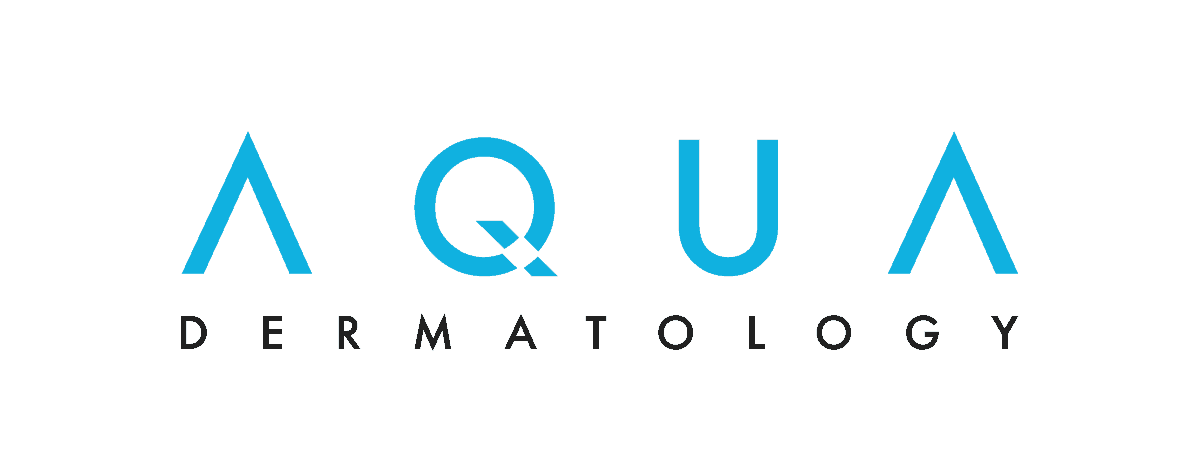Juvéderm® XC
Juvéderm® XC is an injectable filler used by cosmetic dermatologists that contains a small quantity of local anesthetic (lidocaine) and is injected into facial tissue to restore volume loss in your face from the natural aging process. As we age, our face loses volume and we begin to see facial folds and wrinkles, better know as your smile lines, or “parentheses, that run from the bottom of your nose to the corner of your mouth (nasolabial folds). It can be used to soften wrinkles and add volume to the lips.
Juvéderm® XC is made up of hyaluronic acid, a substance normally found in our skin and muscles that helps to add volume and hydration. Juvéderm® XC restores volume creating a smooth, natural, youthful look you once had.
How It Works
Juvéderm® XC is injected into the mid to deep dermis to correct moderate to severe facial wrinkles and folds. The hyaluronic acid, once injected into the skin helps to create new collagen, helping to decrease the appearance of facial wrinkles, and it helps to stop the breakdown of existing collagen.
What to Expect
Your cosmetic dermatologist will use a very fine needle to inject the Juvéderm® XC into the mid to deep dermis of the skin to smooth moderate to severe facial wrinkles and folds.
The injection process takes only about 15 minutes. You’ll also need to allow time to consult with your doctor prior to treatment.
You may experience some discomfort during and after the injection. The smooth consistency gel of Juvéderm® XC allows your doctor to administer it easily and smoothly. And, Juvéderm® XC is injected directly into the skin using a fine needle to reduce injection discomfort. Your doctor may choose to numb (anesthetize) the treatment area to further minimize discomfort.
Possible Side Effects
Most side effects are mild or moderate in nature, and their duration is short lasting (7 days or less). The most common side effects include, but are not limited to, temporary injections site reactions such as redness, pain/tenderness, firmness, swelling, lumps/bumps, bruising, itching, and discoloration. As with all skin injection procedures there is a risk of infection.







